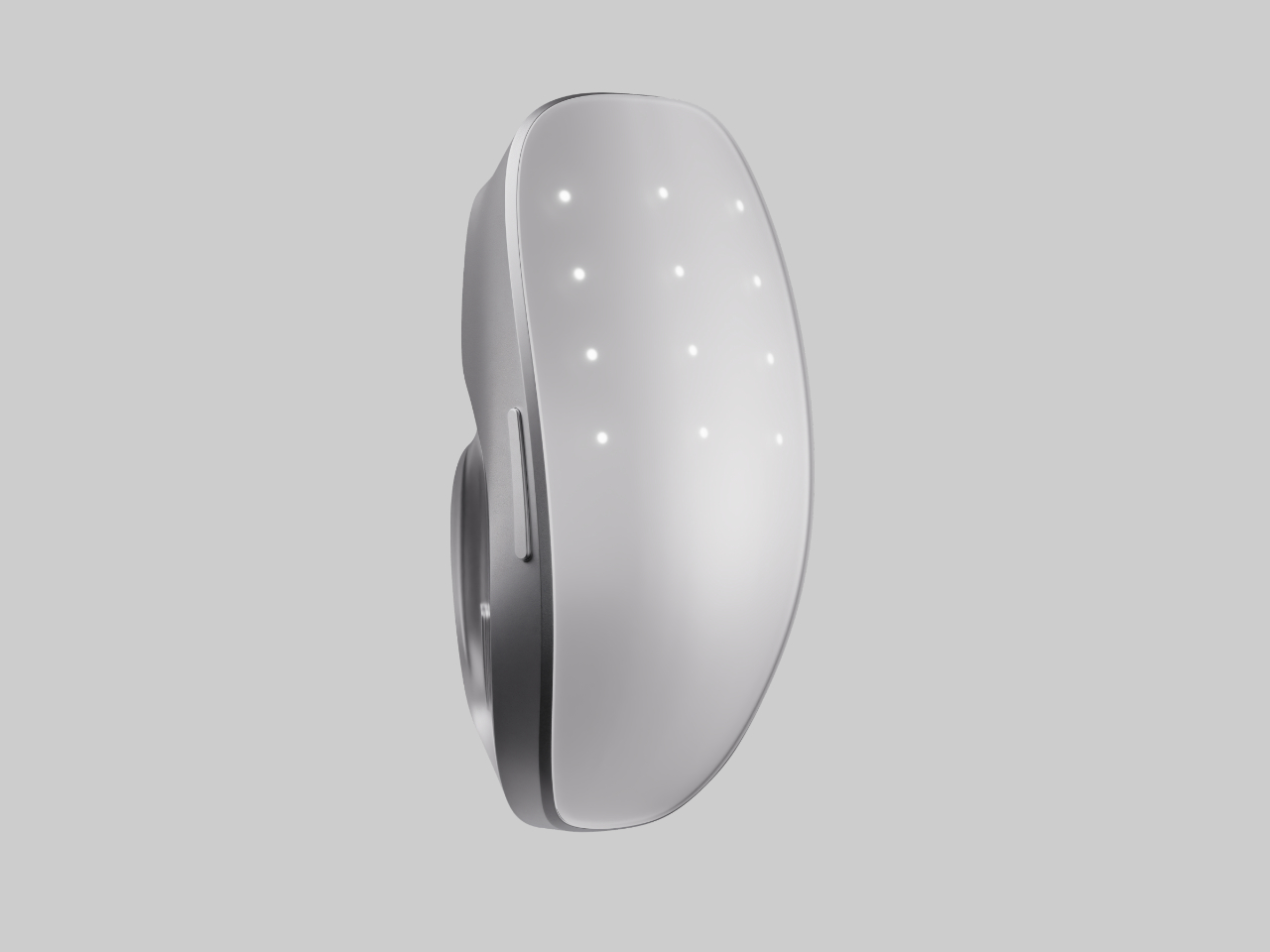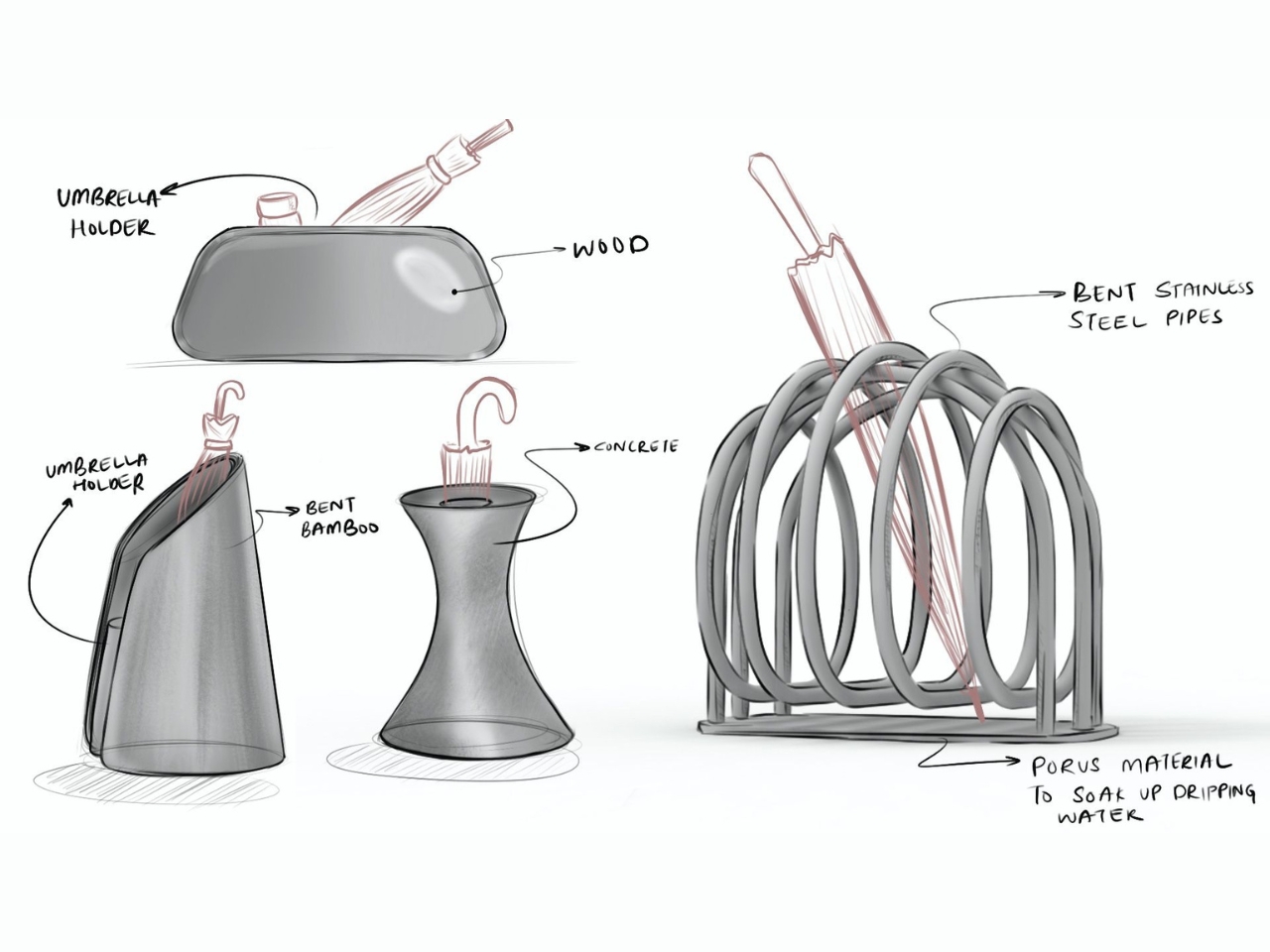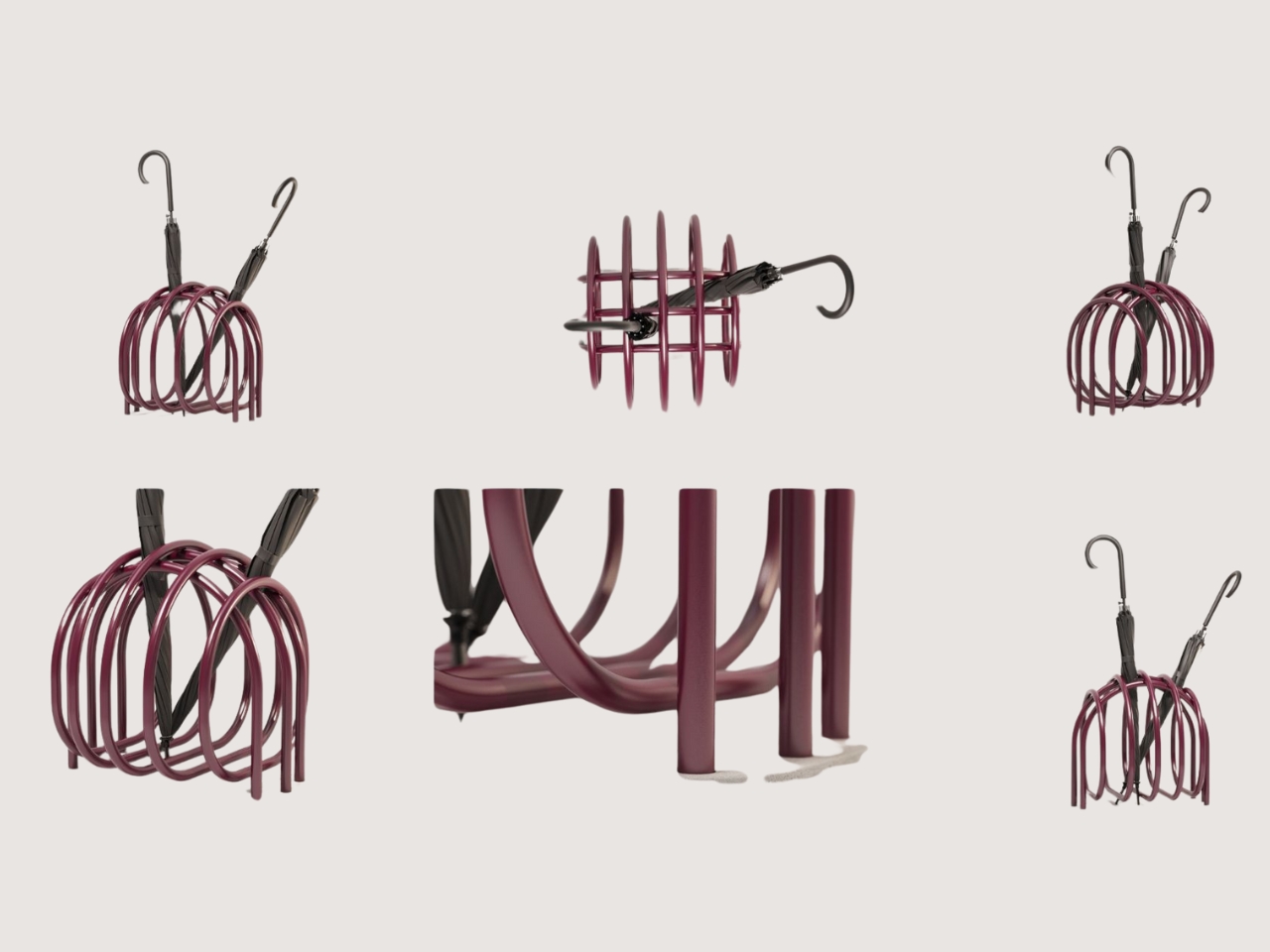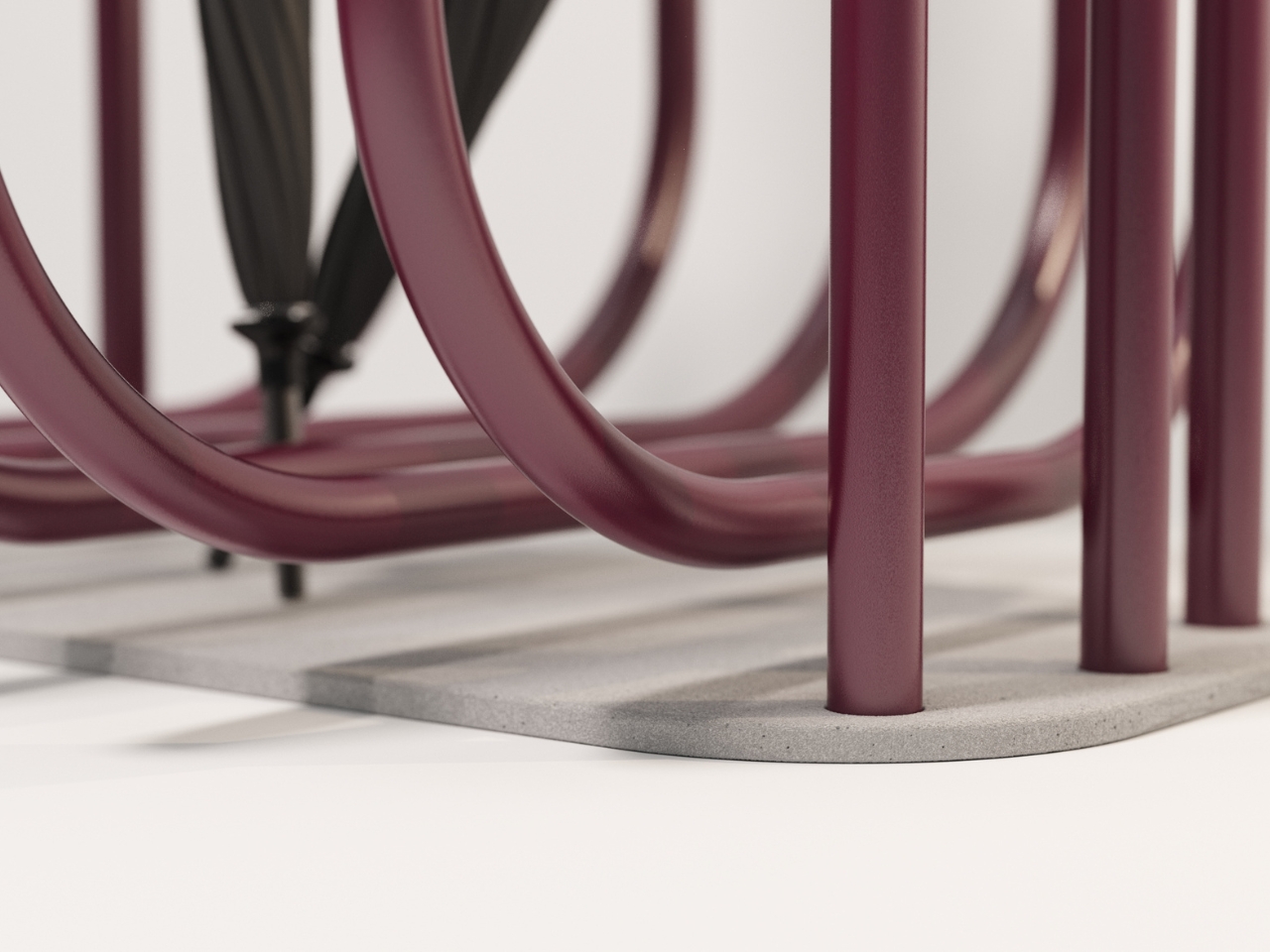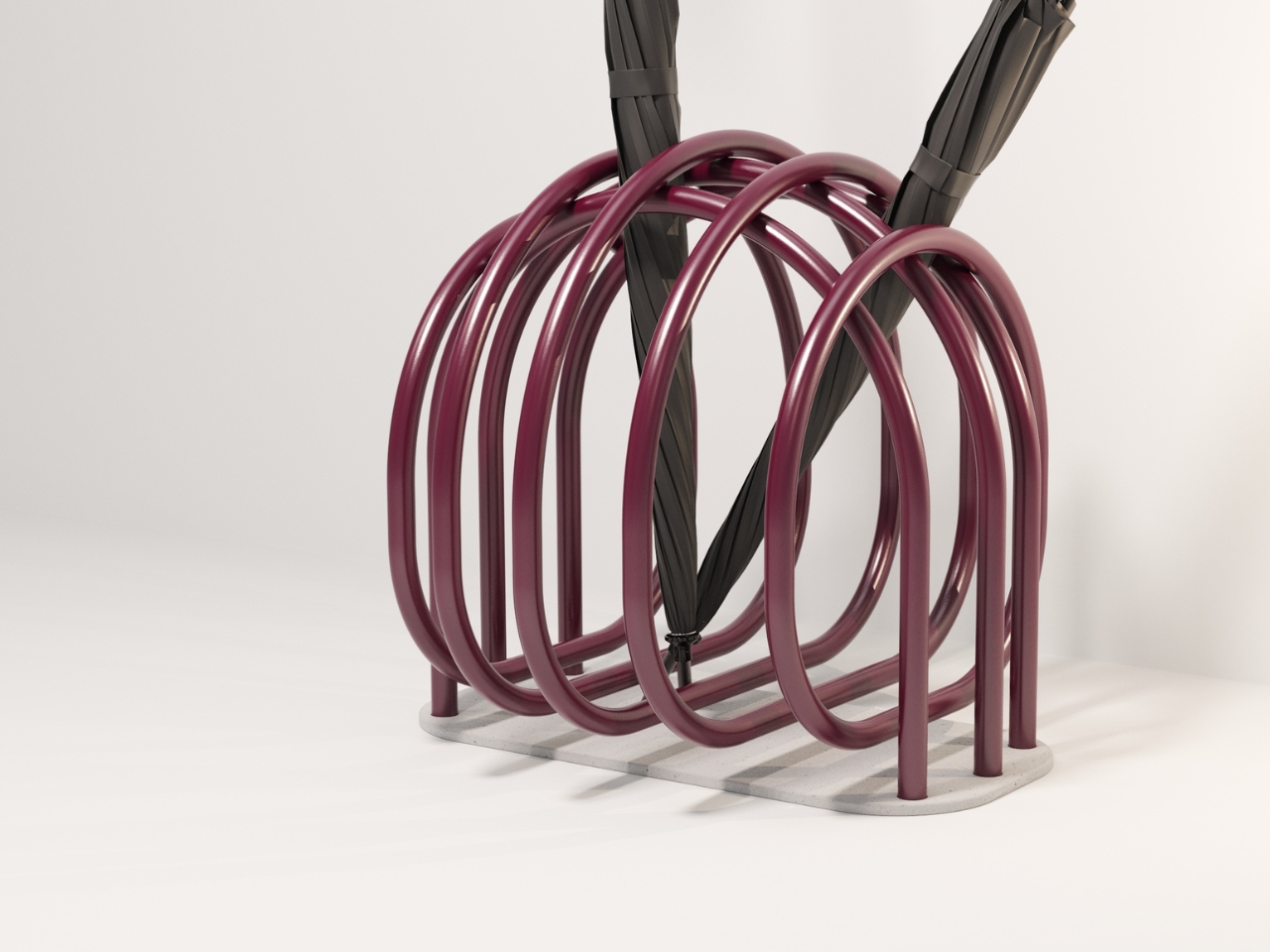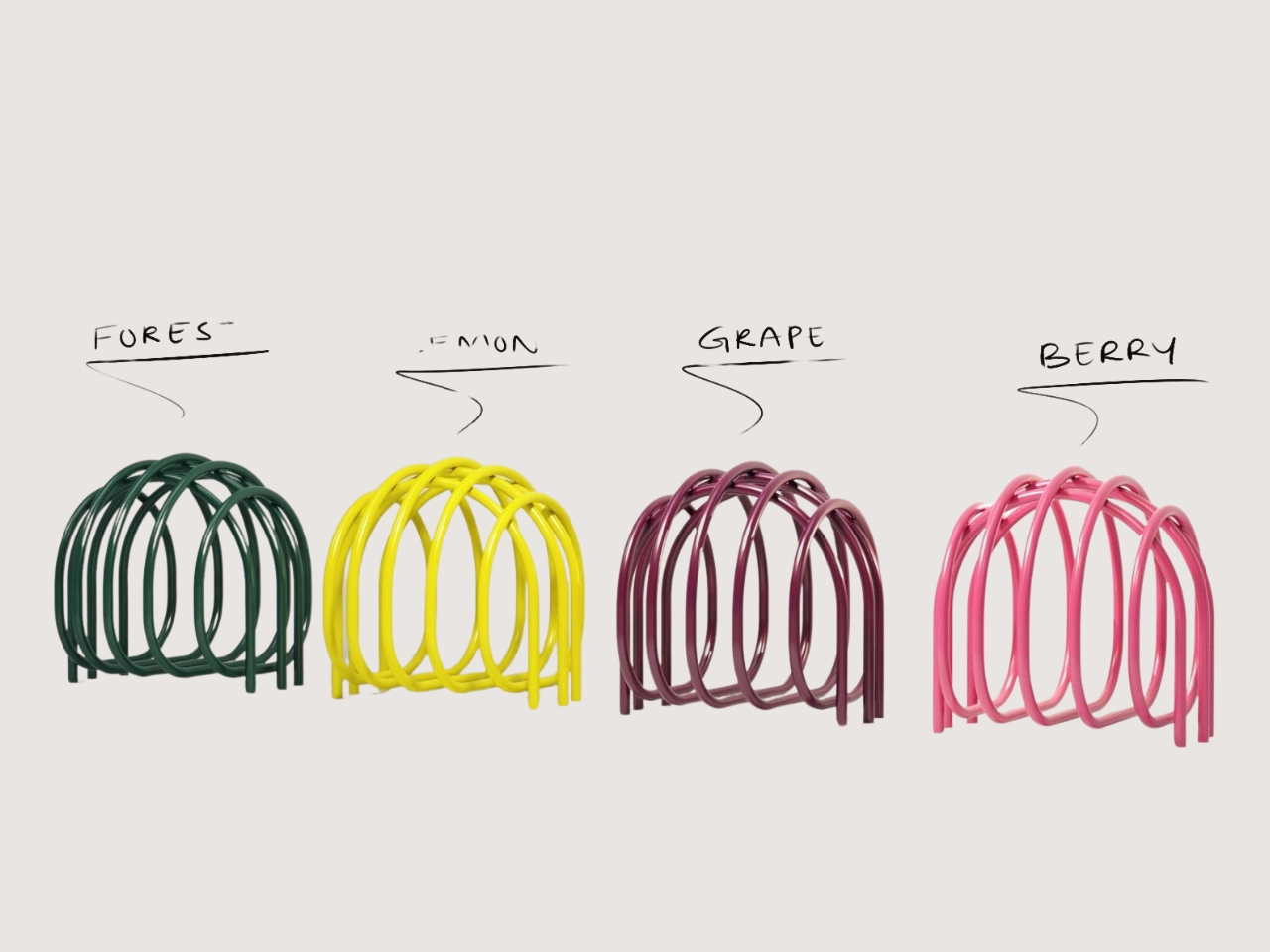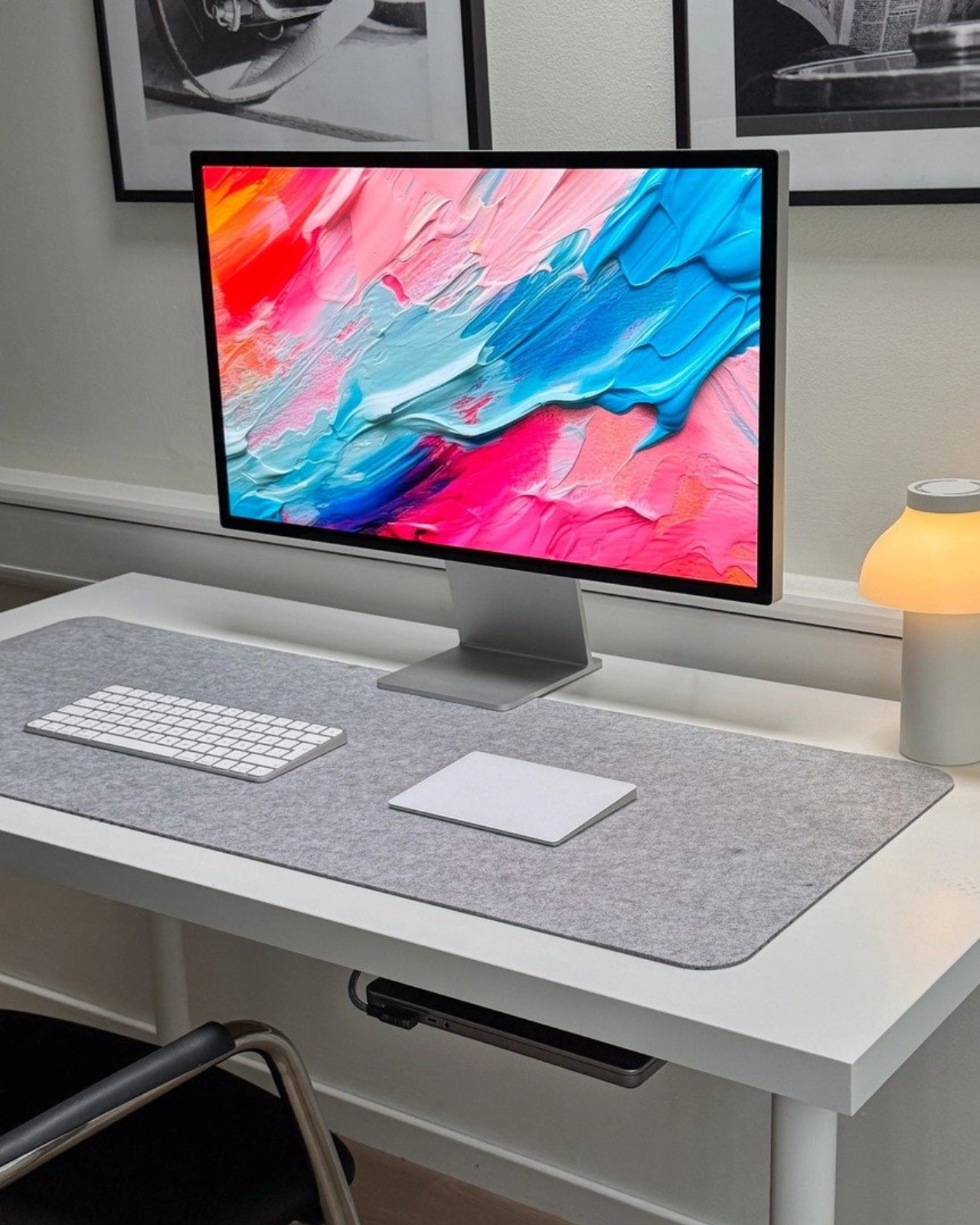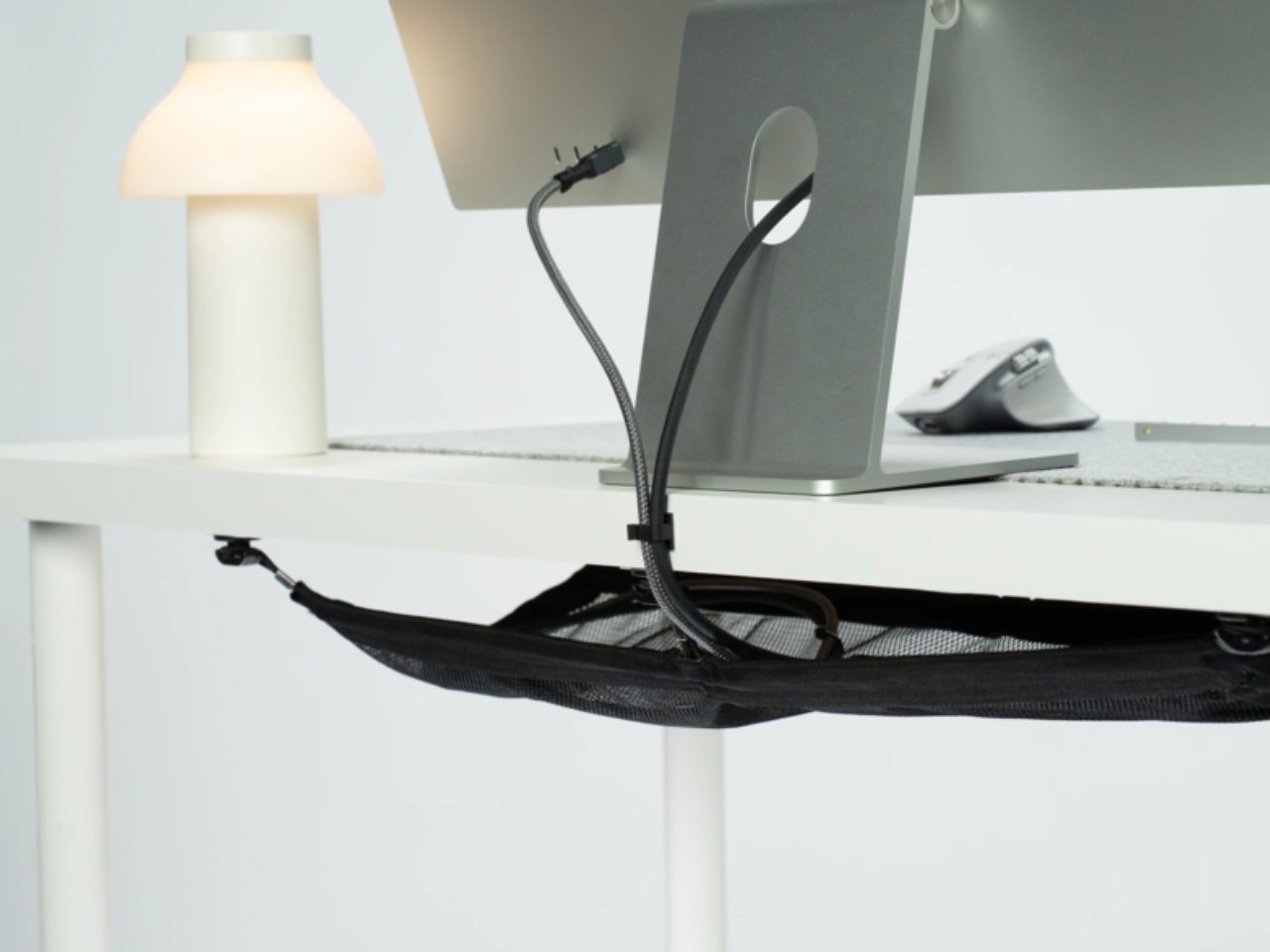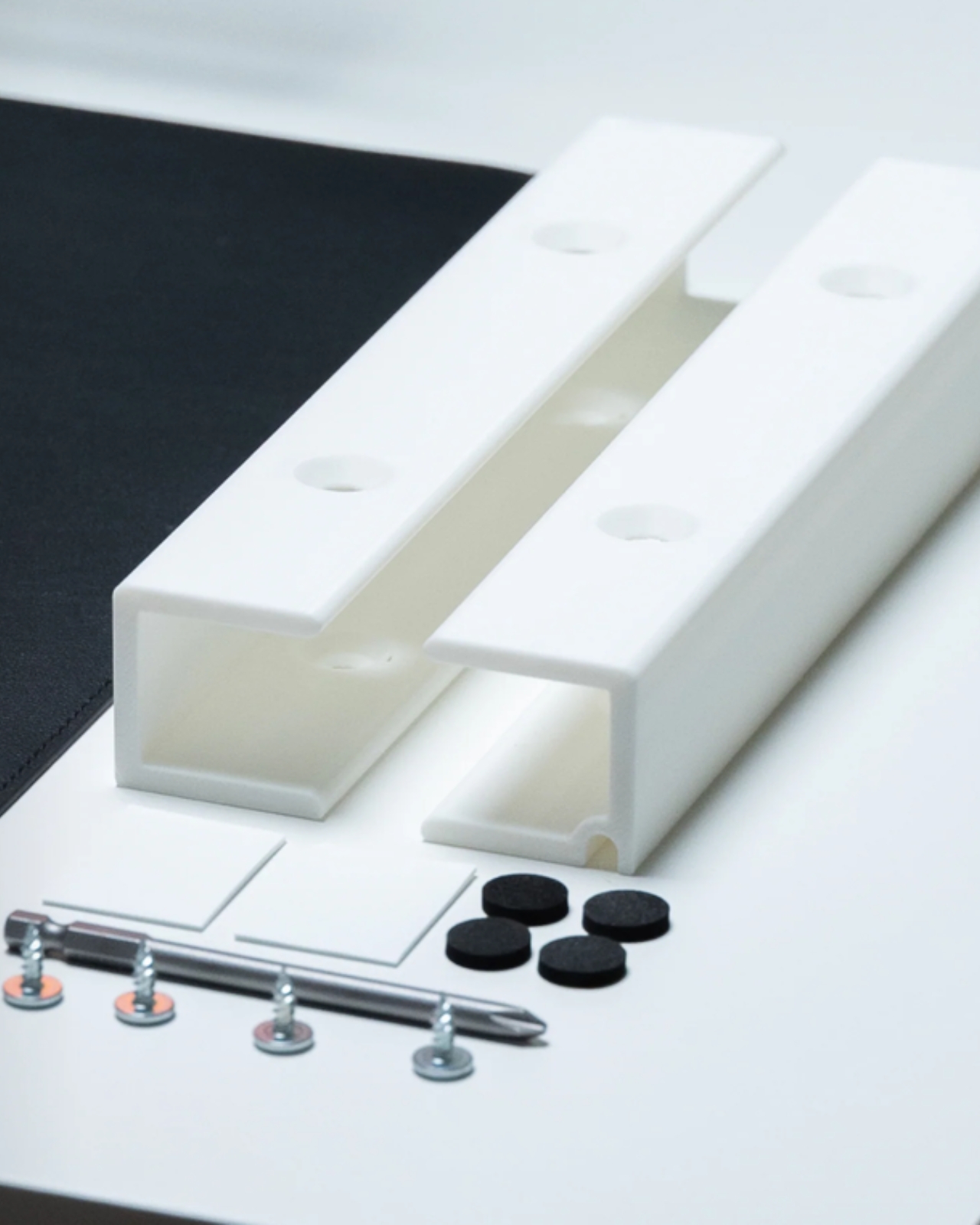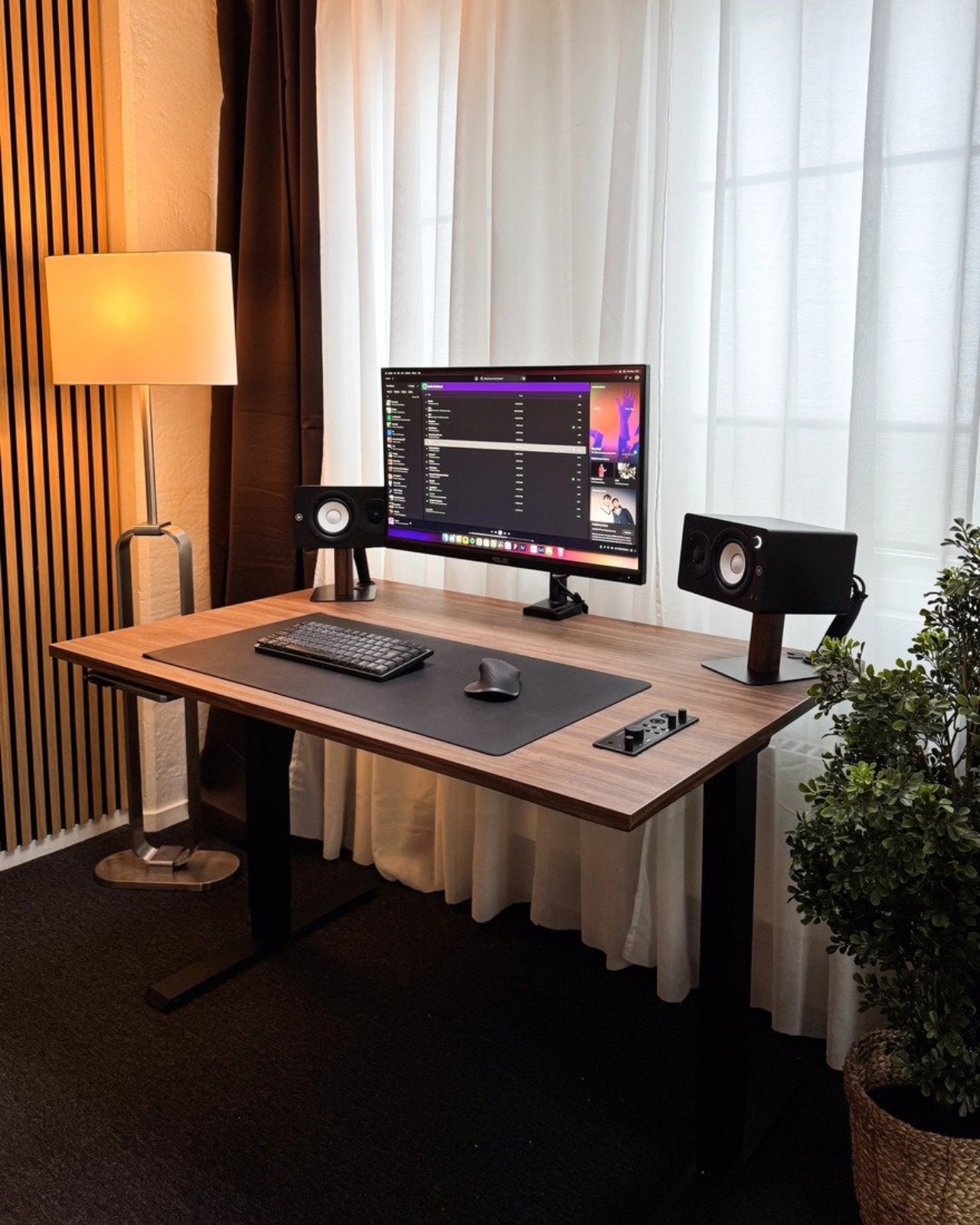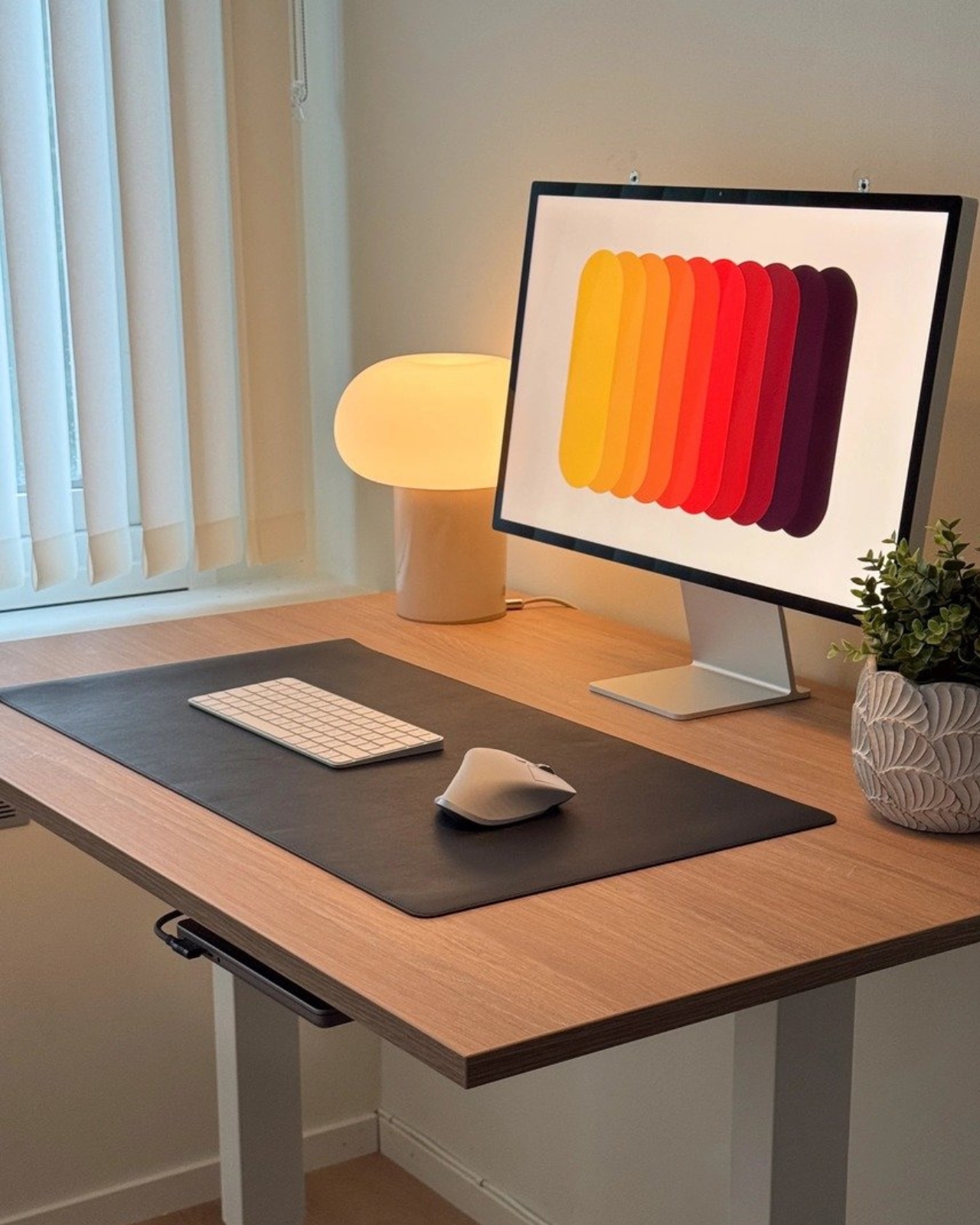While YouTube TV is Engadget's pick for the best live TV streaming service, it isn't for everyone, especially right now. Google and Disney's ongoing carriage dispute means subscribers don't have access to channels like ABC and ESPN, and recent price hikes means paying for YouTube TV now costs a minimum of $83 a month.
Whether you've switched to another service to hold on to your favorite channels or just want to save some money, there's ample reasons to cancel or pause your subscription right now. Here's what you should know about cancelling or pausing your YouTube TV subscription.
How to cancel your subscription on mobile and web
The process for canceling your YouTube TV subscription is the same whether you're doing it inside the YouTube TV app or from a web or mobile browser, provided you're paying Google directly for access.
Open the YouTube TV website or app.
Tap or click on your profile photo.
Select Settings (represented by the gear icon).
Then, select Membership.
Select Manage.
Then select Cancel membership, and then Cancel to confirm your cancellation.
Your subscription is now cancelled and you'll be able to enjoy access to live TV until the end of your current payment period. Any shows or movies you've recorded will be saved in your account for 21 days, after which they'll be deleted. In a support article, Google says it'll also save your preferences in case you want to resubscribe and start recording content again. The company "may store limited info (such as your home zip code)" for fraud prevention purposes, as well.
If you got your YouTube TV subscription through your mobile carrier or internet provider, the process will vary, but in that case, you'll have to cancel through them rather than Google.
How to pause your subscription on mobile and web
If you'd prefer to just take a break from paying for YouTube TV, you can also pause your subscription for anywhere from four weeks to six months.
Open the YouTube TV website or app.
Tap or click on your profile photo.
Select Settings (represented by the gear icon).
Then, select Membership.
Select Manage.
Use the on-screen slider to choose how long you want to pause payments for.
Select Pause.
Once you've paused your subscription, you'll be able to access YouTube TV until the end of your current billing period, after which you'll lose access and won't be charged until the pause is over. Once your chosen amount of time has passed, your subscription will renew automatically. At any point during your pause you can resume using YouTube TV again, provided you're willing to pay. While there's no way to extend a pause, you do have the option to pause again once your billing restarts.
This article originally appeared on Engadget at https://www.engadget.com/entertainment/streaming/how-to-cancel-or-pause-your-youtube-tv-subscription-192023656.html?src=rss







